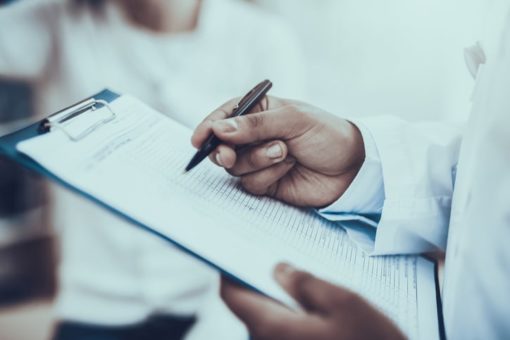Native Americans represent 1.1% of the US population(1) but they make up 10% of those who are homeless(2) and according to mental health statistics in Native Americans, it is estimated that up to 70 percent of this population will suffer some sort of mental health disorder during their lifetimes. That’s over 45,000 homeless Native Americans and 4 million more suffering from mental illness; people experiencing their own individual realities day in and day out. The indigenous Native Americans have endured generations of historical trauma by being forced from their homeland, stripped of their resources, and have had much of their culture taken away which has resulted in high rates of poverty and self-destruction which have contributed to the high rates of mental health and substance abuse disorders among this population. By taking a look at the mental health statistics in Native Americans, it is clear how mental health has strongly impacted this minority population. Unfortunately, mental health in minorities is often overlooked.
Taking a look at the numbers
- Native Americans experience serious psychological distress 2.5 times more than the general population.(3)
- Native Americans experience high rates of post-traumatic stress syndrome (PTSD) compared to the general population.(3)
- Suicide rates are high in this community, typically due to “intergenerational historical trauma” like being forced to be removed from land and forced separation within families.(4)
- Many Native Americans face economic barriers that prevent them from receiving treatment.(1)
- Compared to the 74.7% of non-Hispanic whites who have private health insurance, 51.9% of Native Americans are covered.(1)
- According to the Youth Risk Behavior Survey, 16% of students at Bureau of Indian Affairs schools in 2001 reported having attempted suicide in the preceding 12 months.
- Suicide is the 2nd leading cause of death for Native American youth in the 10 to 35-age range.(4)
- Native American children and adolescents have the highest rates of lifetime major depressive episodes and highest self-reported depression rates than any other ethnic/racial group.(4)
- In 2014, around 9% of Native Americans ages 18+ had co-occurring mental illness and substance use disorder.(4)
How can we break this cycle and provide better care to this community?
- Increase awareness of mental health and its connection to chronic diseases
- Conduct stigma awareness training with members of the community
- Educate providers about unique mental health issues in the American Indian population
- Advocate for policies that promote social justice, equity, and equality
- Create and provide comprehensive, affordable, health coverage for everyone
- Shift the focus of mental health care to prevention and early intervention
- Better integrate traditional healing and spiritual practices with modern biomedical health care
- Develop a more person-centered care philosophy and respect for the importance of family and community
- Health care providers treating American Indians should familiarize themselves with the belief system and traditional treatment for mental illness used in the community to better integrate care
If you or a loved one is experiencing mental health issues, please contact Discovery Mood & Anxiety Program today.
